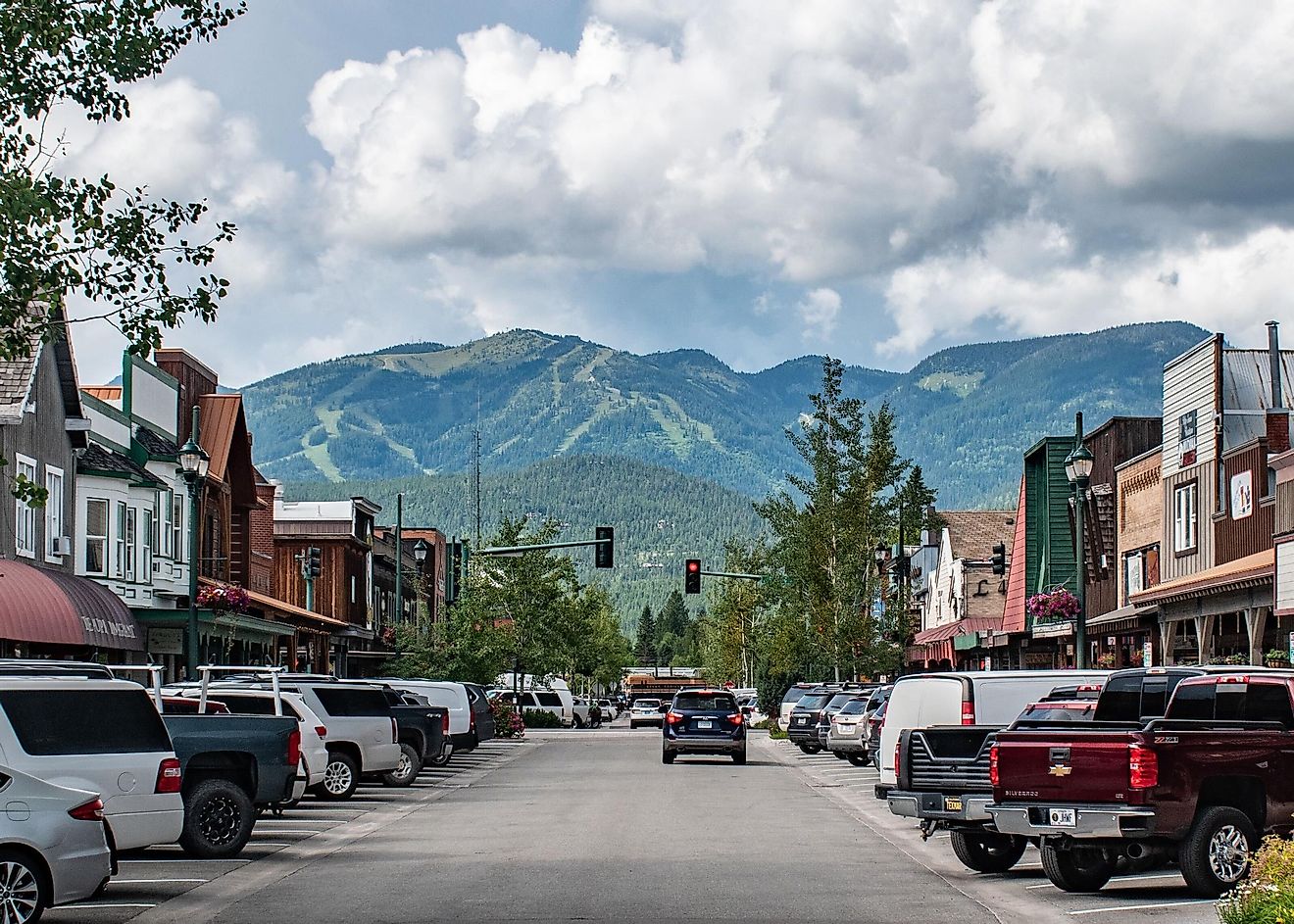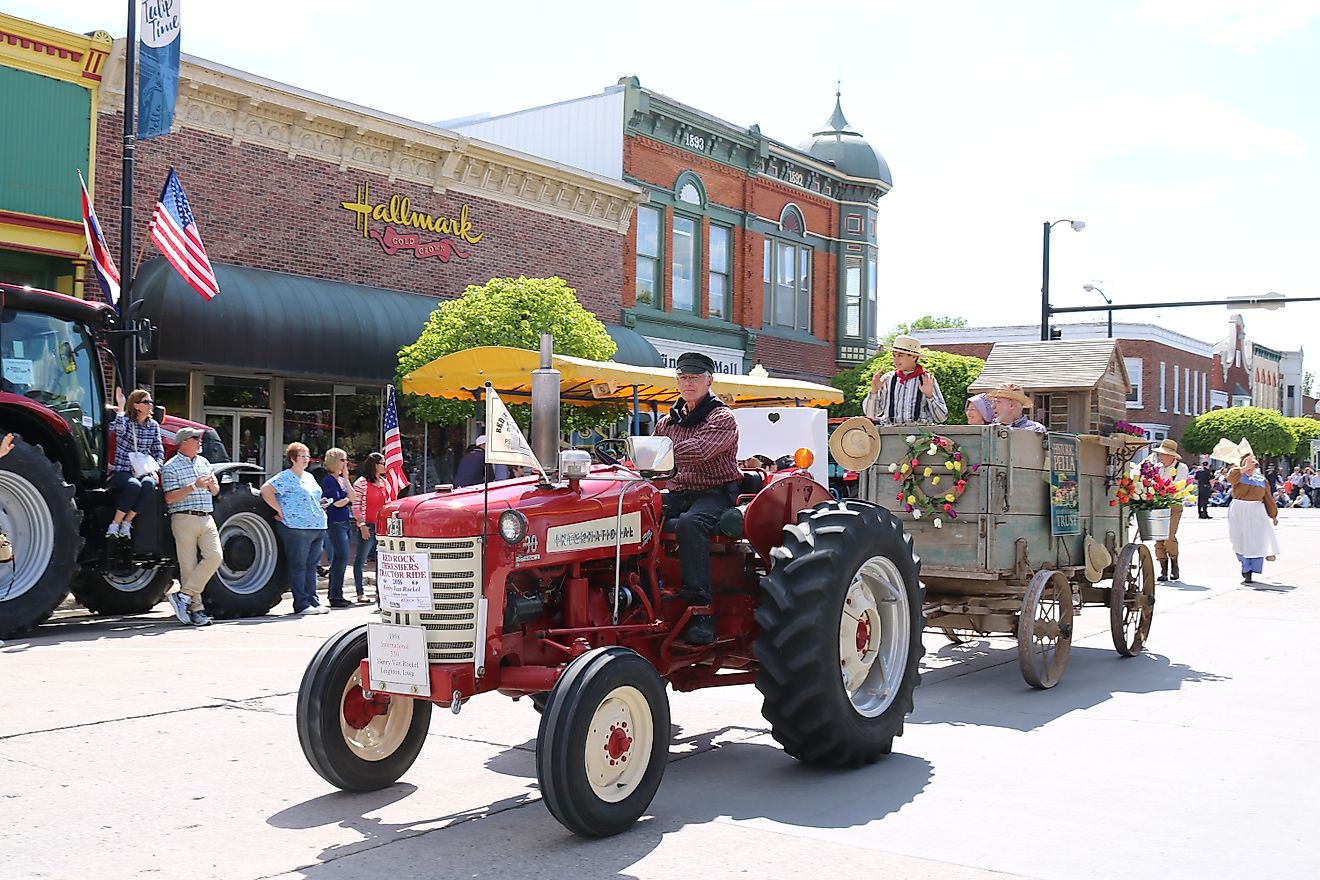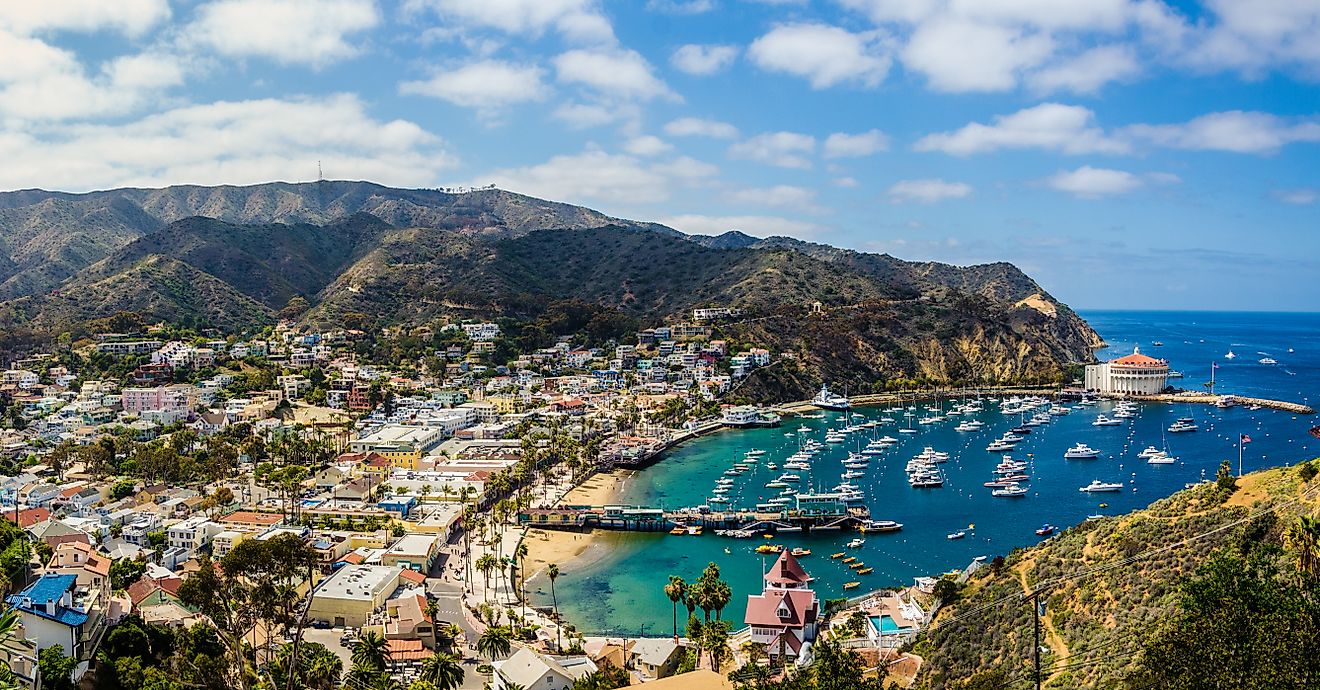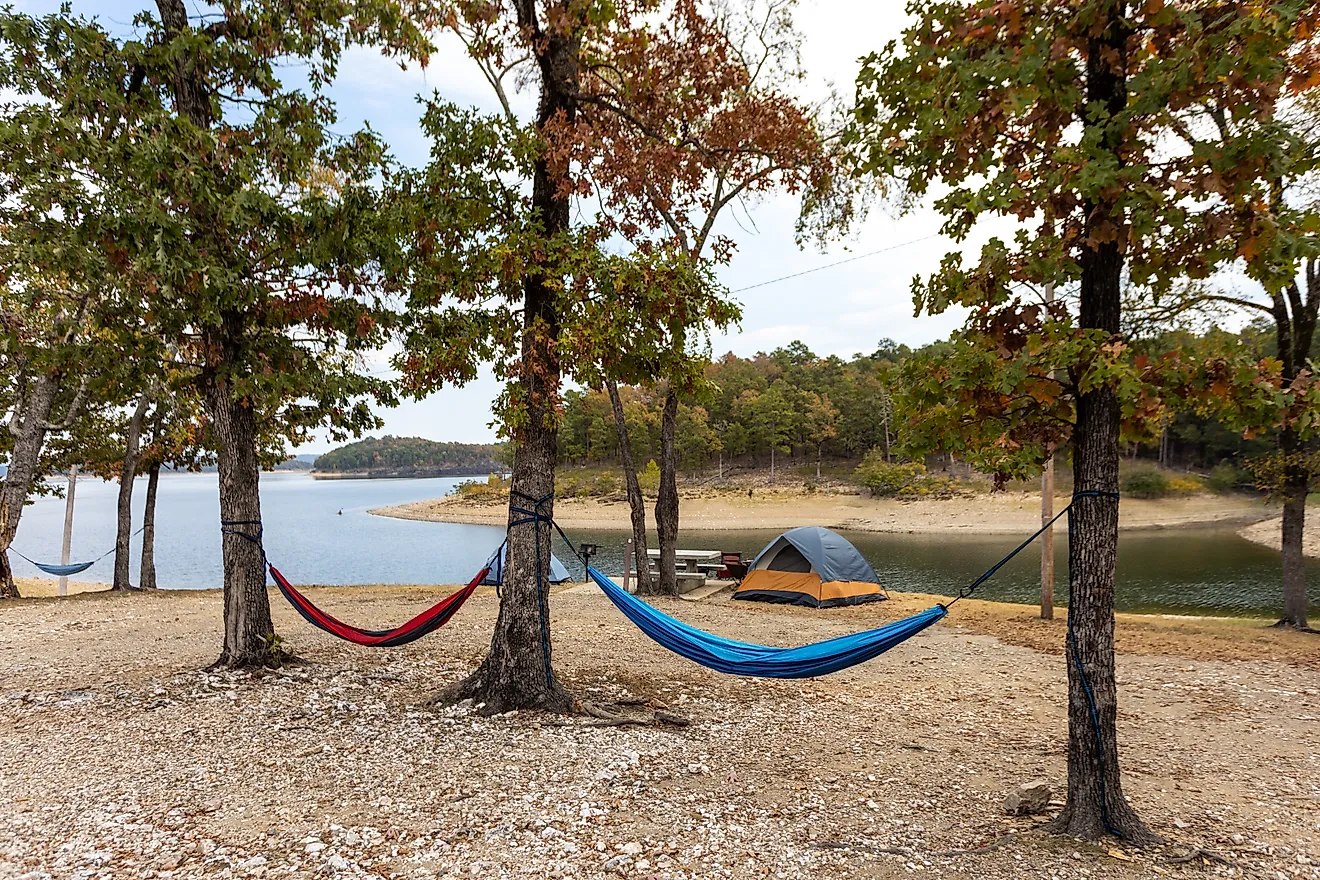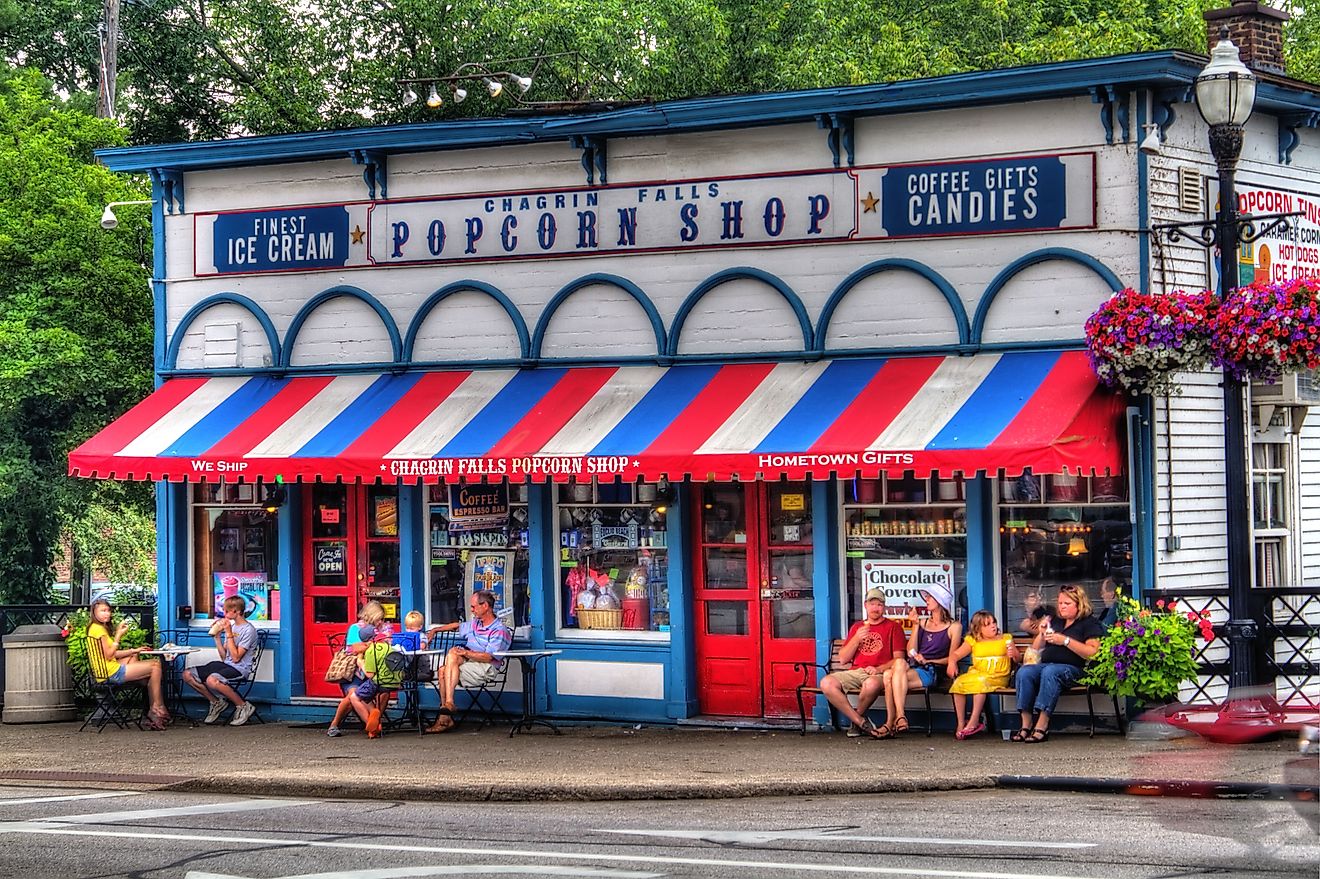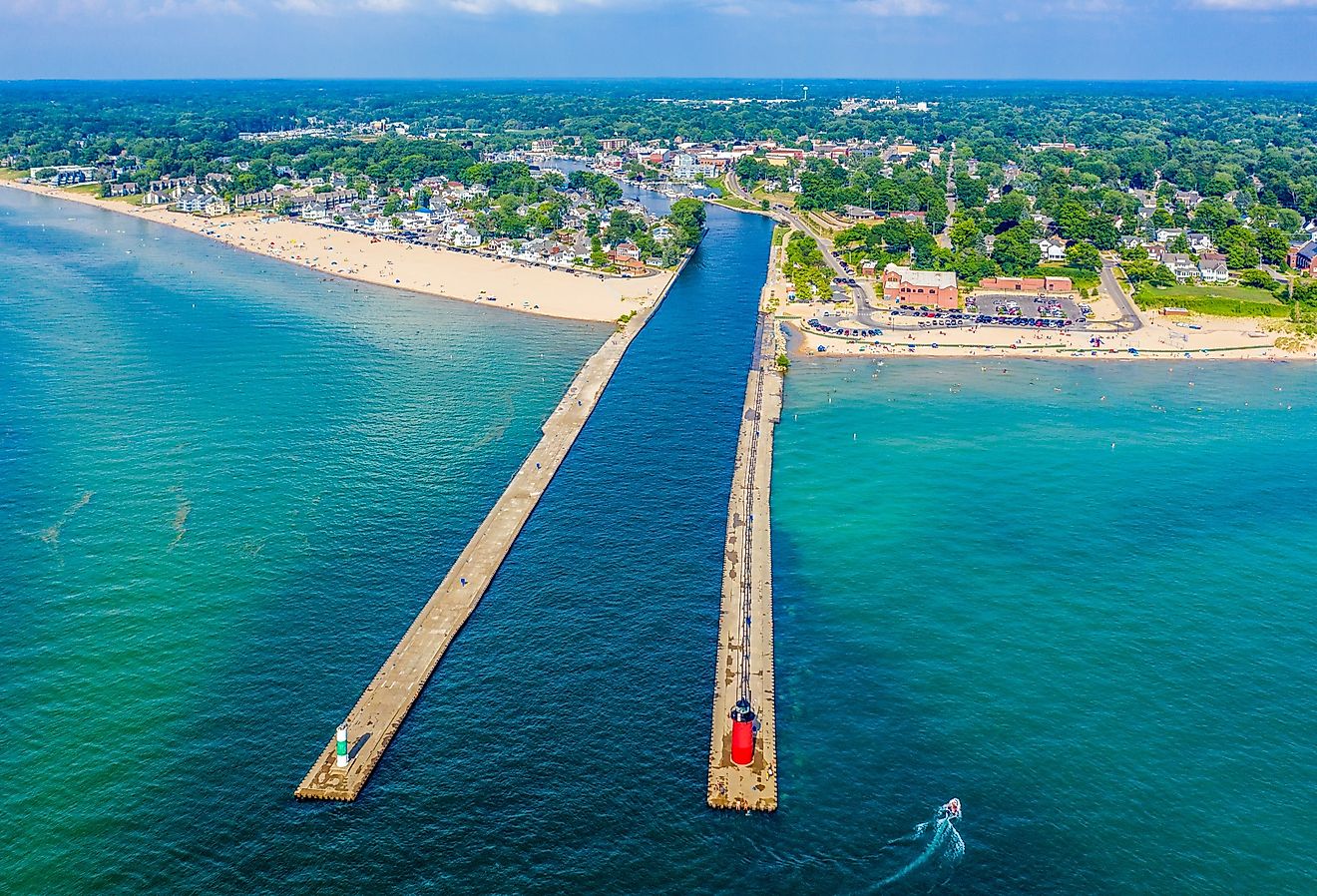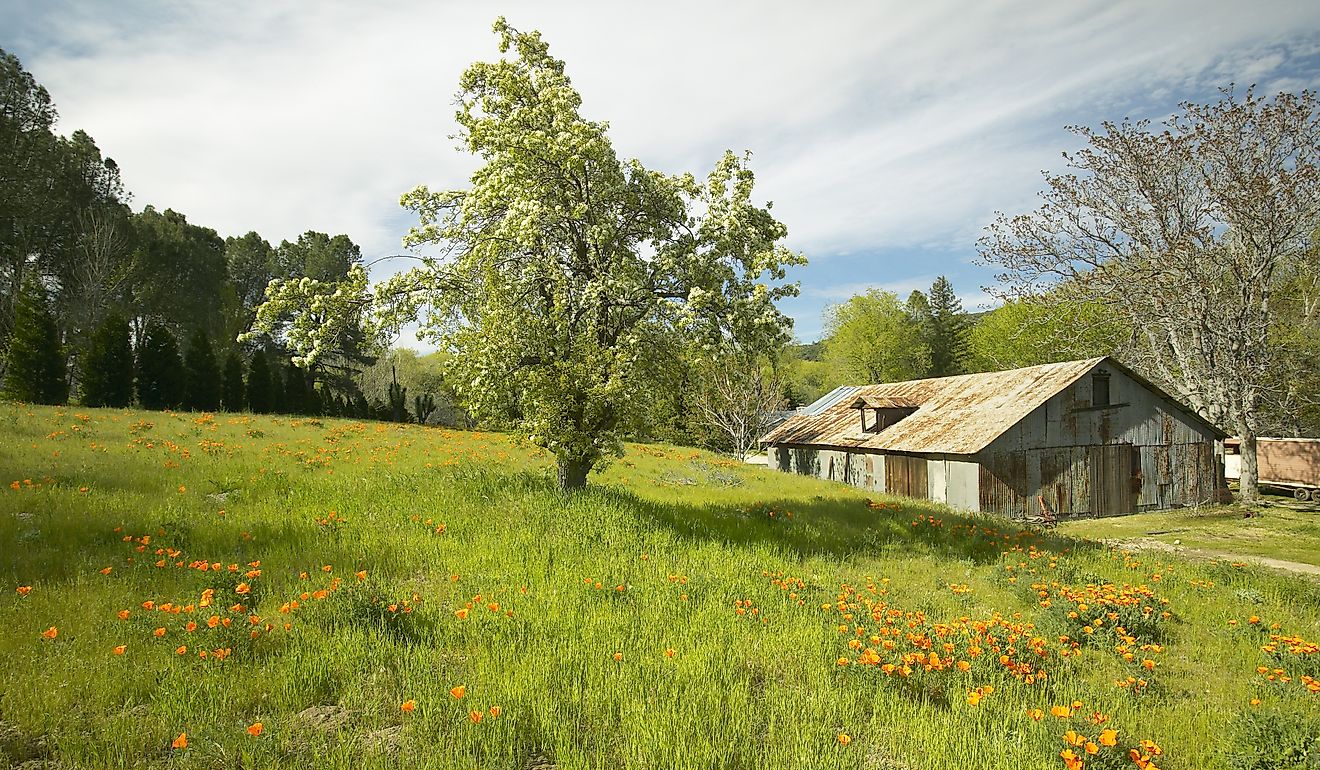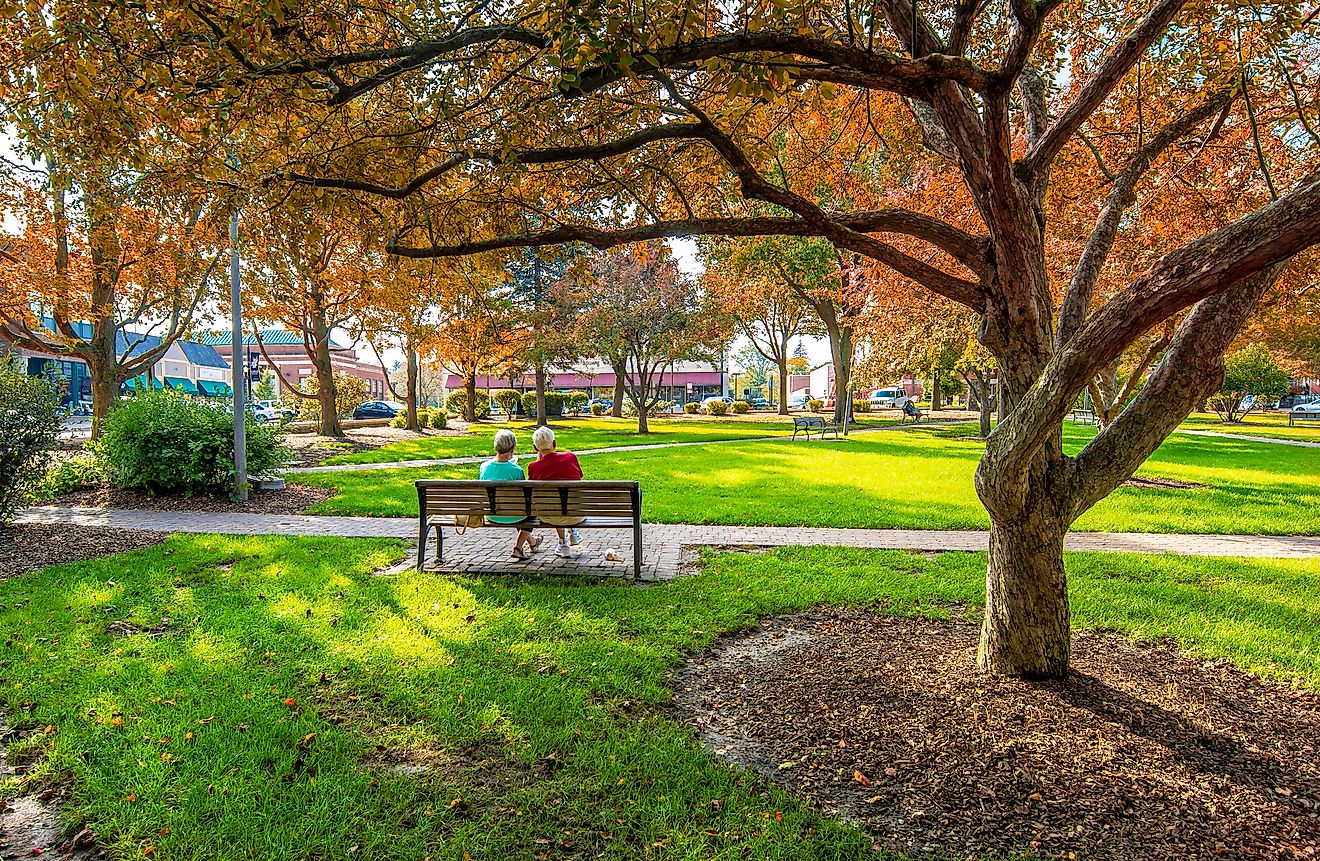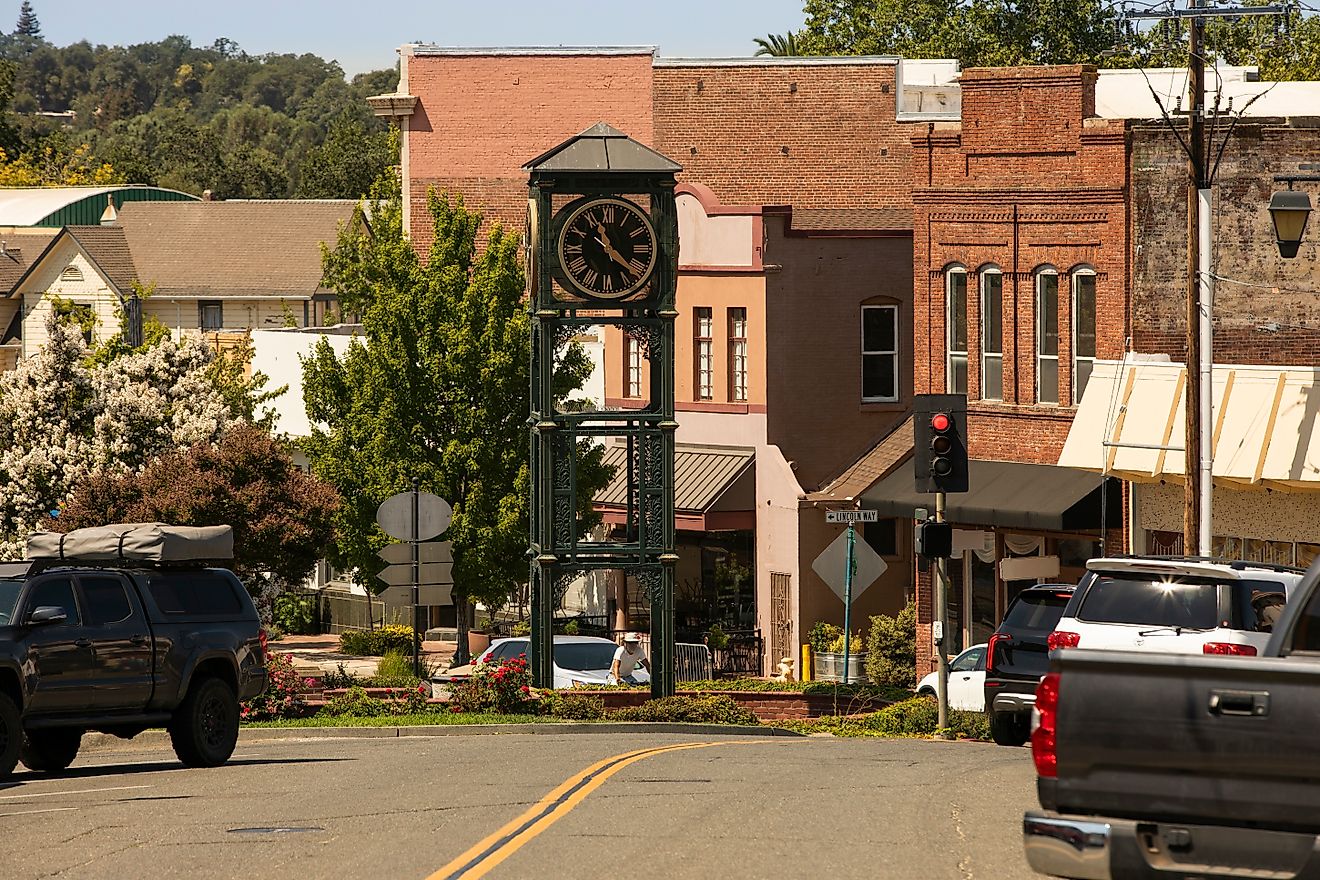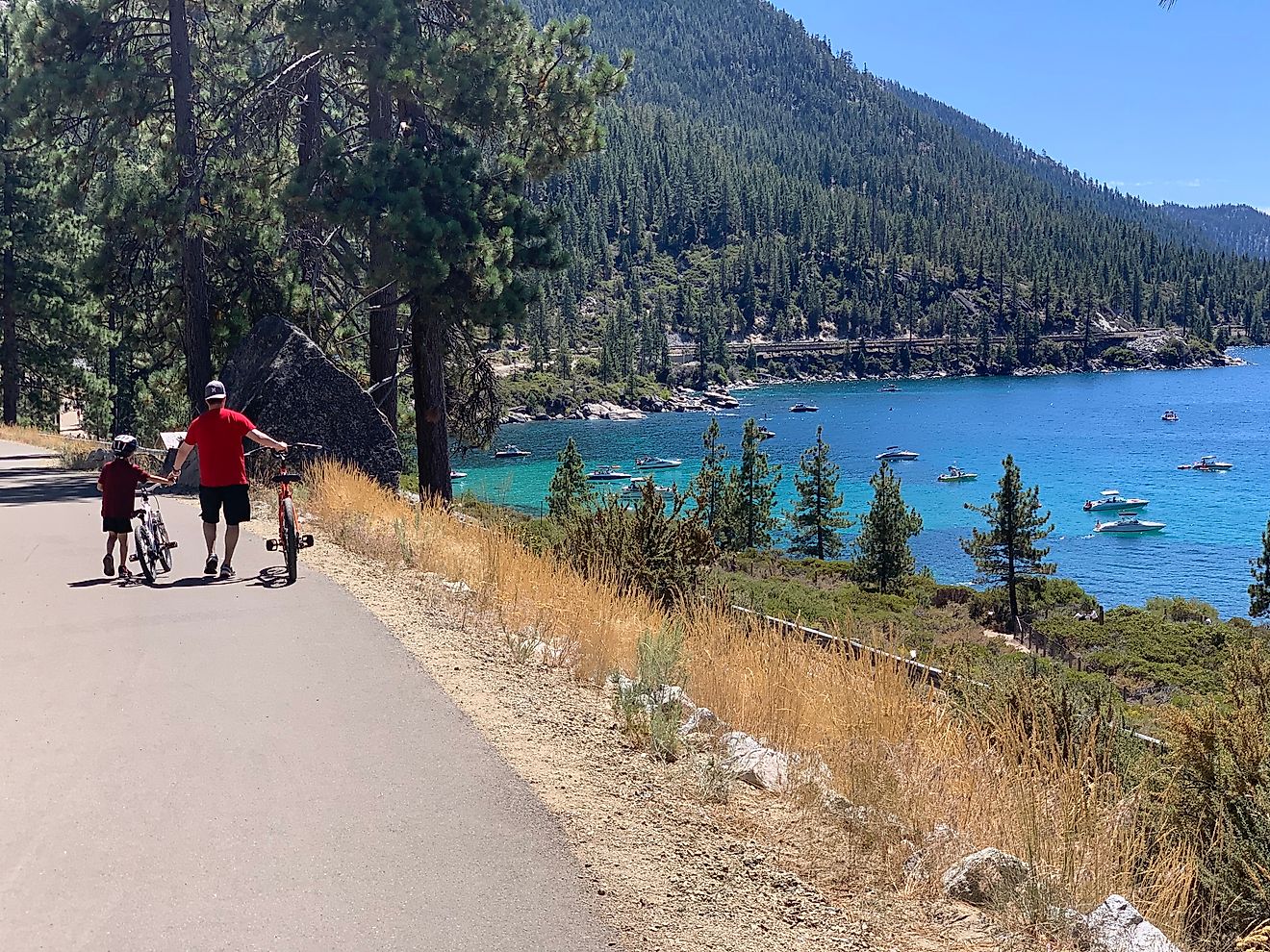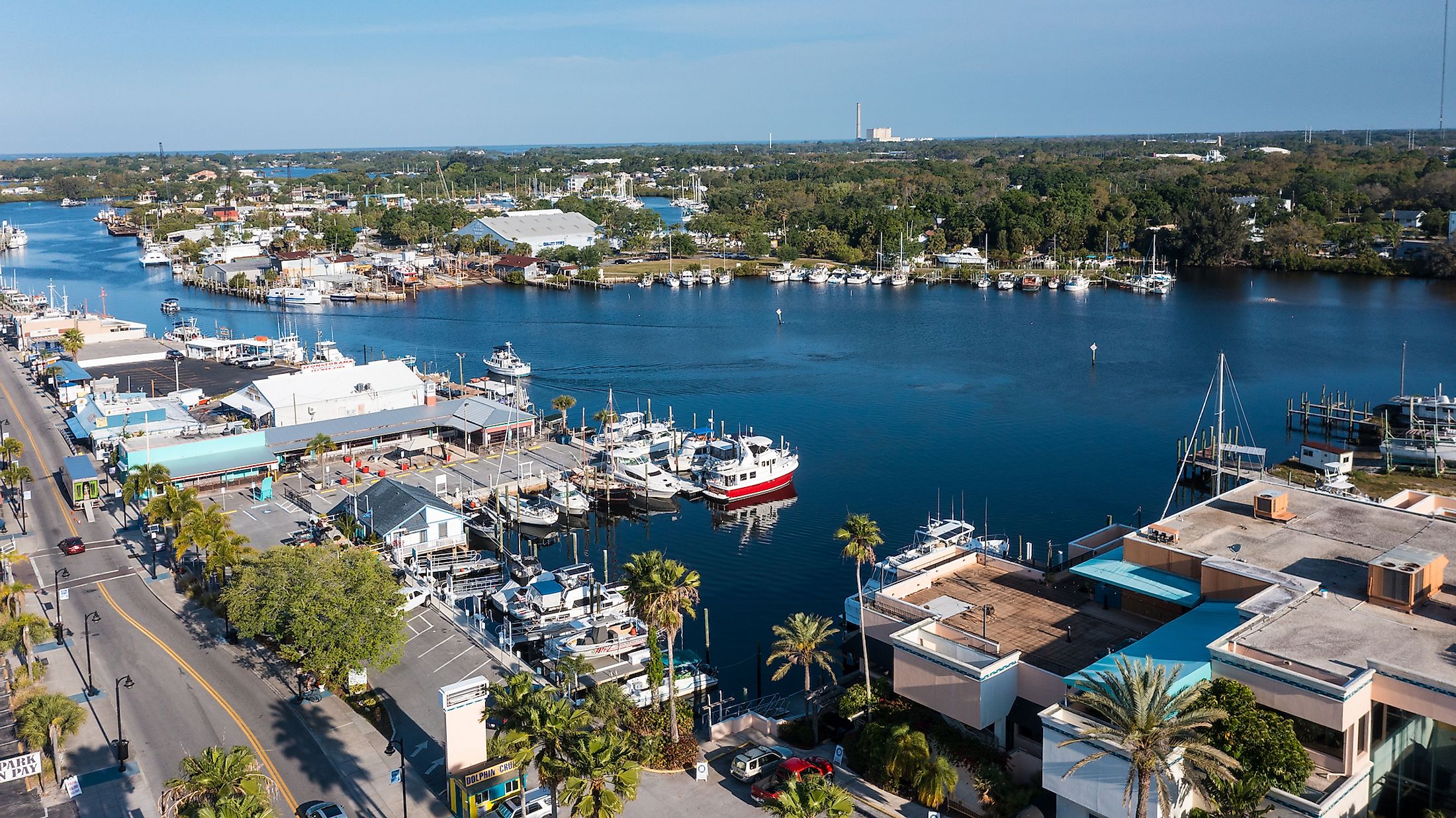
Tarpon Springs, Florida
Tarpon Springs is a city located in Pinellas County, west-central Florida, United States of America. It is situated on the Anclote River bayous between Lake Tarpon and the Gulf of Mexico, about 40 km northwest of Tampa.
The Population Of Tarpon Springs
In 2019, Tarpon Springs, Florida, was home to over 25,000 people with a median age of 52. The majority of the population of Tarpon Springs are White, and there were ten times more White residents than any other ethnicity in 2019. The largest ethnic groups and races in Tarpon Springs are White. The non-Hispanic whites represent 78.6% of the population, followed by Hispanic White at 7.82, Black or African American at 7.52%, Two or more races at 1.83, and Asian at 1.46%. All households in Tarpon Springs speak English as their primary language, and 96.7% of the residents are U.S. citizens. In 2019, 12.1% of Tarpon Springs’ residents were born outside the country, and the most common birthplace for foreign-born residents of Florida was Cuba, followed by Haiti and Colombia.
The Economy Of Tarpon Springs
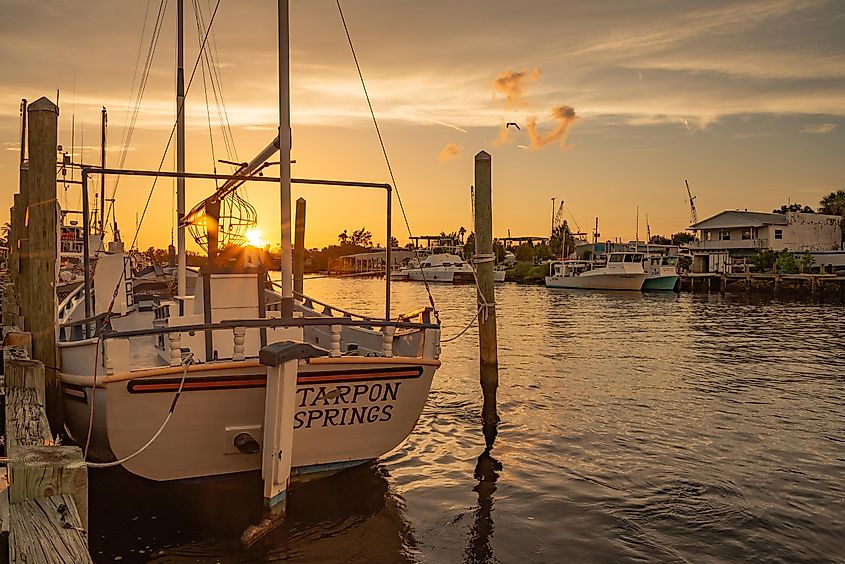
The median household income in Tarpon Springs is $50.012, which witnessed an increase of 3.3% between 2018 and 2019. Although Florida has an income inequality that is lower than the national average (0.43 measured by Gini index), females have an average income that is 1.34 less than the average income of males. The economy of Tarpon Springs employs around 40% of the population in different industries, generally in Retail Trade, Health Care & Social Assistance, and Professional, Scientific & Technical Services. However, the highest paying industries in Tarpon Springs are Utilities, Transportation & Warehousing, and Information. An extensive industrial area was built north of the Anclote, and the marine industry forms a backbone of Tarpon Springs.
History Of Tarpon Springs
The rich and diverse environment of Tarpon Springs attracted the earliest inhabitants to the area 500 years ago. They settled on the shore near the mouth of the Anclote River and buried the dead in earthen mounds with elaborate pottery and other goods. Among many mounds, the Safford Mound was discovered in the 1800s east of Pinellas Avenue, near the Anclote River. The mound contained more than 600 skeletons along with a wide variety of pottery illustrating the lifestyle and culture of the people who lived there. Many of those artifacts from these prehistoric people can be seen in local Tarpon Springs museums.
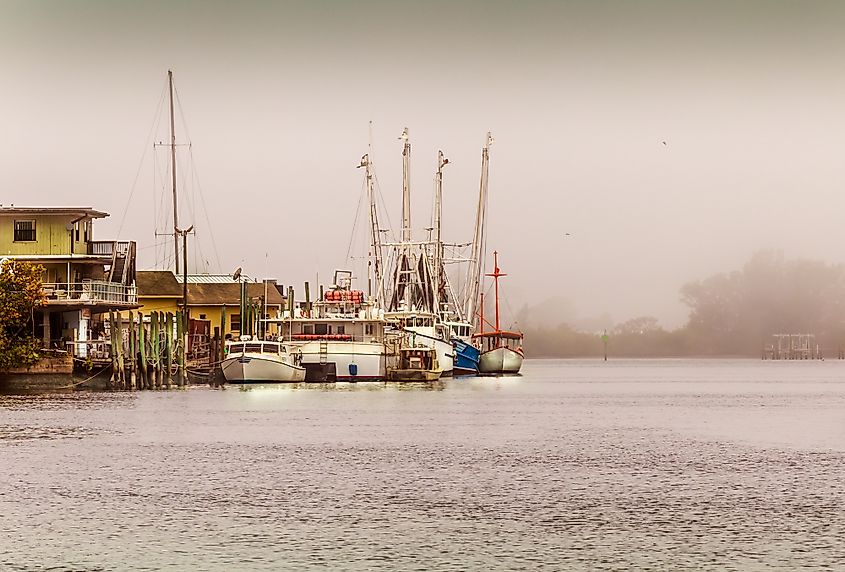
A.W. Ormond of South Carolina and his teenage daughter Mary came to Tarpon Springs and became the first settlers to build a cabin near Spring Bayo in 1876. A lone Joshua Boyer left Nassau a year later to explore the world. Joshua eventually docked near the Ormond cabin and built a second cabin nearby. He married Mary, who proposed their two-cabin settlement be named Tarpon Springs after a giant Tarpon that jumped and splashed in the bayou.
In 1881, Florida was on the edge of bankruptcy. Hamilton Disston, a wealthy Philadelphian manufacturer, rescued the state with one of the biggest real estate deals ever. He bought four million acres of the central west coast of Florida from the Governor for 25 cents an acre.
Disston surveyed the area that became Tarpon Springs and was responsible for planning the city layout and convincing the railroad to come to the new community. The real founder of the town and its benefactor and a leading citizen was Anson Safford. Safford was an investor in Disston enterprises and former Governor of the territory of Arizona and was President of Disston’s real estate development company, Lake Butler Villa in Tarpon Springs.
Tarpon Springs was a winter resort community and attracted wealthy Northerners. The development in the area was focused mainly around Spring Bayou. Today, the Victorian-era residences lining the bayou banks remain vestiges of Tarpon Springs’ development.
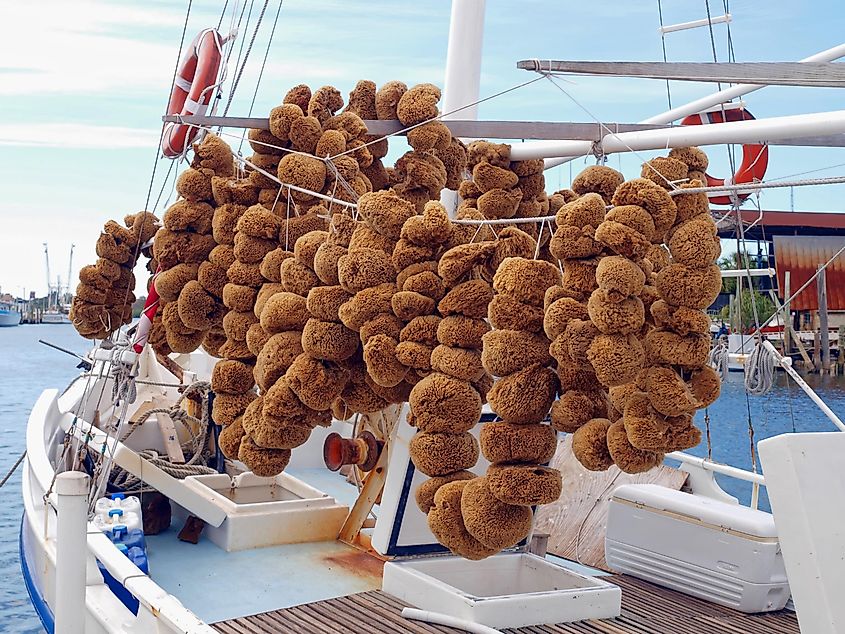
In 1887, Tarpon Springs was incorporated with a population of 52 residents. John Cheney, a promoter associated with Disston, discovered the potential money that could be generated from harvesting the sponges growing in the waters of the Gulf. Tarpon Springs was successful as a resort, but the sponge industry soon became the community’s top industry. The sponge industry was firmly established by 1890, and The Cheney Sponge Company sold almost a million dollars worth of sponges that year.
Later on, experienced divers from Greece were brought to Tarpon Springs. The divers used rubberized diving suits and helmets and managed to increased harvests. By 1905, a total of 500 Greek sponge divers were at work using 50 boats.
In the 1940s, blight reduced the growth of sponges, and the 1950s almost wiped out the industry. However, new sponge beds were discovered in the 1980s, making Tarpon Springs the world’s natural sponge market leader.
The Golden Crescent area was named because of the crescent-like shape of the bayou and the wealth of its early developers. The bayou is called Spring Bayou because the freshwater spring that flows there was once known for its healing waters, becoming a prime spot for manatee watching.
Tourist Attractions In Tarpon Springs
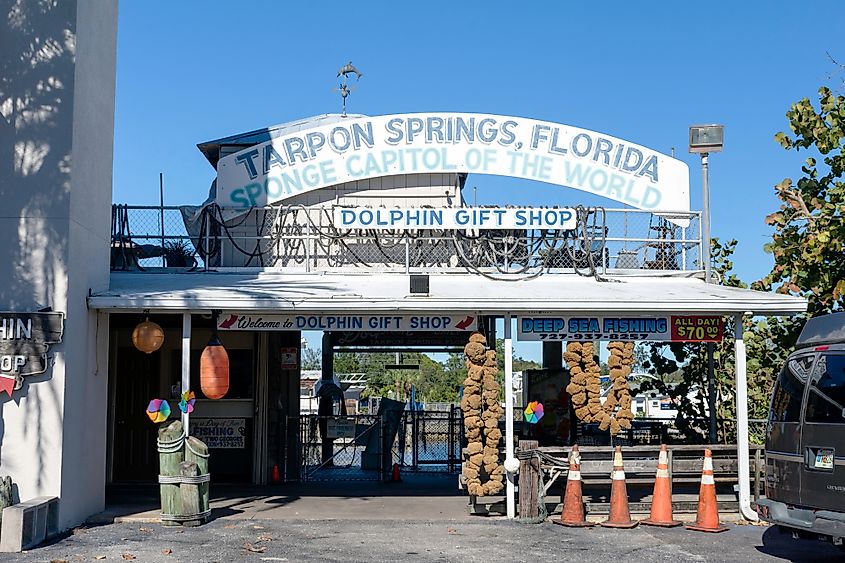
Tarpon Springs is the world’s “natural sponge capital.” It has a Greek influence on the architecture and offers dozens of miles of the state’s scenic waterfront. Fred Howard Park is a popular spot for visitors. The park encompasses more than 150 acres along the Gulf of Mexico and draws over two million visitors every year. The park has a white sand beach offering opportunities for fishing, canoeing, and other water activities. Visitors go there for picnics and see the wildlife, such as butterflies and the occasional manatee or dolphin.
Tourists also visit the St. Nicholas Greek Orthodox Cathedral. It is modeled after Constantinople’s St. Sofia Cathedral and represents a fine example of the New Byzantine architectural style. The cathedral was constructed in 1943 and replaced a small church built in 1907. The cathedral is also considered a center for the community’s Greek American life. It hosts the annual Epiphany celebration, the largest event of its kind within the Western Hemisphere.
